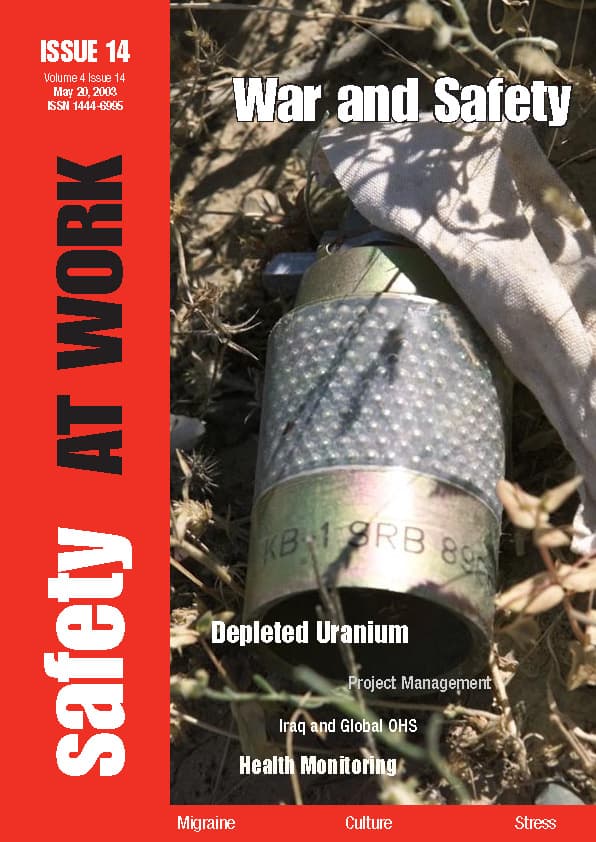In SafetyAtWorkBlog in 2008 there have been several posts concerning suicide. There is a growing research base on the matter and The Lancet adds to this through an article published in December 2008.
Researchers have found that the type of mental health services provided to the community can affect the rate of suicide. This is important research even though SafetyAtWorkBlog regularly questions the applicability of research undertaken in Scandinavian countries to the rest of the world. Bearing the cultural differences in mind, the research will stir debate and, hopefully, localised research along the same lines.
Below is the text of the press release about the research:
WELL-DEVELOPED COMMUNITY MENTAL-HEALTH SERVICES ARE ASSOCIATED WITH LOWER SUICIDE RATES
Well-developed community mental-health services are associated with lower suicide rates than are services oriented towards inpatient treatment provision in hospitals. Thus population mental health can be improved by the use of multi-faceted, community-based, specialised mental-health services. These are the conclusions of authors of an Article published Online first and in an upcoming edition of The Lancet, written by Dr Sami Pirkola, Department of Psychiatry, Helsinki University, Finland, and colleagues.
Worldwide, the organisation of mental-health services varies considerably, only partly because of available resources. In most developed countries, mental-health services have been transformed from hospital-centred to integrated community-based services. However, there is no decisive evidence either way to support or challenge this change.
The authors did a nationwide comprehensive survey of Finnish adult mental-health service units between September 2004 and March 2005. From health-care or social-care officers of 428 regions, information was obtained about adult mental-health services, and for each of the regions the authors measured age-adjusted and sex-adjusted suicide risk, pooled between 2000 and 2004 – and then adjusted for socioeconomic factors.
They found that, in Finland, the widest variety of outpatient services and the highest outpatient to inpatient service ratio were associated with a significantly reduced risk of death by suicide compared to the national average. Emergency services operating 24 hours were associated with a risk reduction of 16%. After adjustment for socioeconomic factors, the prominence of outpatient mental-health services was still associated with a generally lower suicide rate.
The authors conclude: “We have shown that different types of mental-health services are associated with variation in population mental health, even when adjusting for local socioeconomic and demographic factors. We propose that the provision of multifaceted community-based services is important to develop modern, effective mental-health services.”
In an accompanying Comment, Dr Keith Hawton and Dr Kate Saunders, University of Oxford Department of Psychiatry, UK, say: “The message to take from these findings must be that while well thought out and carefully planned new developments that increase access to secondary care services for mental-health patients are to be encouraged, measured progress towards flexible community care, not rapid ongoing change, should be the order of the day.”




